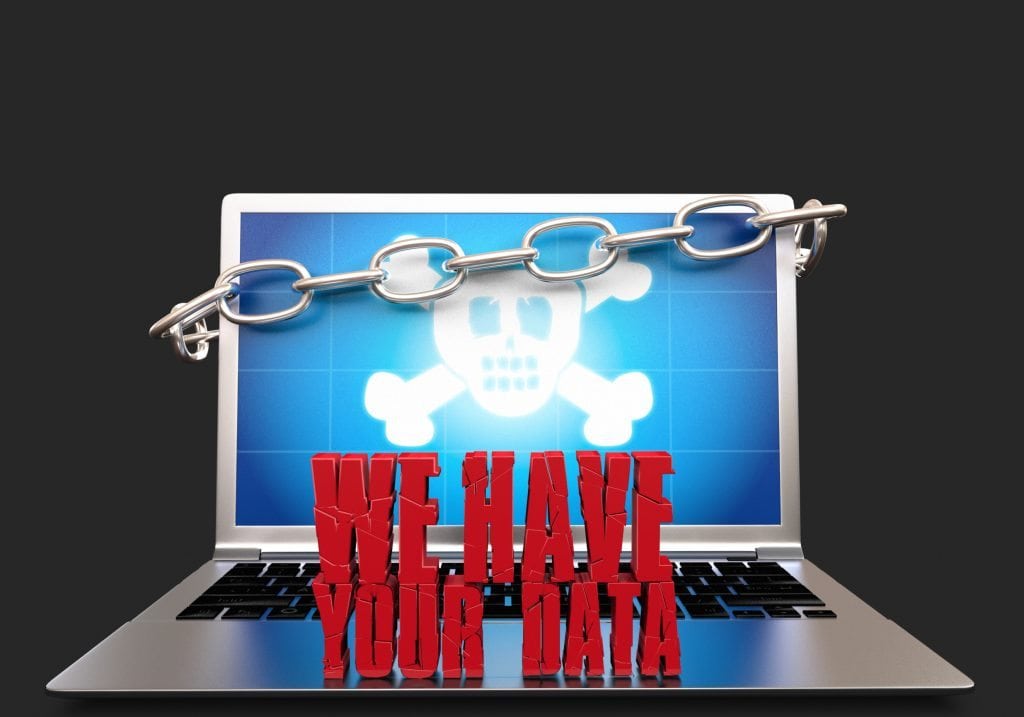6 Things You Can Do Now To Protect Your Data – Ransomware Prevention Is The Best Attack

Your deadline is fast approaching, and things are going well. Suddenly, all of your systems are frozen – malware has been installed remotely and is holding your files hostage. A demand comes through – pay and we’ll release your data. You’ve been hacked and a victim of a Ransomware attack. Randsomware protection is vital. What do you do and how do you prevent it from happening again?
One of the fastest growing online threats to businesses today is Ransomware. While this form of malware has been on the scene for years directed at banking and government institutions, it is increasingly targeting smaller companies and home users. It can enter your systems in a variety of ways – through opening an infected email, by unsafe website downloads or clicking on pop ups. It prevents you from accessing files, encrypts them so they can’t be used or stops apps from running. Some well-known types of Ransomware are CryptoLocker, CryptoWall and TeslaWall, but in the past few months Zepto, Bart and CryptXXX have appeared on the scene. Sophisticated cyber-criminals have refined the art of online extortion to a science.
The question of whether or not to pay the ransom is individual. For some, this might seem the easiest way to get back to normal, but it might leave you open to further attacks in the future. There is always the danger that once you pay, your data is still compromised. Whether or not your systems have been regularly backed-up might make the answer easier.
Take proactive steps and avoid falling into complacency when things are going well. It might not be possible to completely eradicate the danger of malware, but there are things you can do to protect your files.
Here are some steps you can take today to help with ransomware prevention.
- Instill a culture of cyber safety with your staff. Educate new hires and remind current employees not to open attachments in unsolicited e-mails and to never click on a URL contained in an unsolicited e-mail, even if it looks safe.
- Determine whom in your office will be allowed to download software (especially free software), and then ensure that they do so from sites you know and trust. Update your software regularly.
- Make sure you have the most current antivirus software on all computers.
- Have strong passwords that are not repeated throughout the office.
- Use a pop-up blocker.
- Finally, to prevent the loss of essential files due to a Ransomware infection, it’s recommended that individuals and businesses conduct regular system back-ups and store the backed-up data offline.
It may not be possible to prevent Ransomware attacks entirely, but you can make it much more difficult for cyber scammers to make inroads into your systems. Randsomware prevention is far better than dealing with an attack after it happens.
As discussed above, your staff are the biggest risk factor when it comes to Ransomware infections. Be sure to educate new employees and remind current employees not to open attachments in unsolicited e-mails.
If you would like to quiz your staff and assess your vulnerability, take this quick 3 minute quiz Phising IQ Test.
XBC IT is ready to help you do a safety review and help you find ways to secure one of your most valuable assets – your data.
For more information on ways to increase the security of your systems, give us a call on 1300 170 491 or contact us on the below link.
